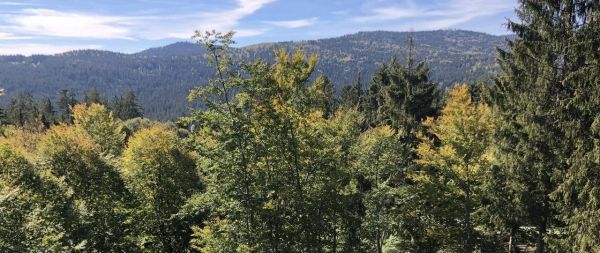The main question addressed by the study is: Does greater biodiversity increase the economic value of managed ecosystems? “We have found that the possible relationships between economic value and biodiversity are varied,” says Professor Thomas Knoke, Head of the Institute of Forest Management at the TUM School of Life Sciences Weihenstephan.
It all depends on the purpose
Even a layman can guess the main purpose of single-species timber plantations: economic benefit through the sale of wood. But forests have a number of functions. They serve as home to a variety of animal and plant species, function as a source of wood as a raw material, have a protective function such as protecting the soil and helping combat global warming and serve recreational purposes as well.
It is common ecological knowledge that the more biodiverse a forest is, the higher the productivity will be. However, the researchers found that “after you have reached a certain mix of trees, adding new species no longer produces significant economic benefits to people.” What counts here are the characteristics of the species of trees inhabiting the forest as not every tree has the same value.
“The different functions of an ecosystem never stand to an equal degree in positive relation to biodiversity,” explains Carola Paul, University of Göttingen, who until recently was a member of Thomas Knoke’s team. If you were to compile all functions of an ecosystem, you would find a mathematical maximum in terms of its value.
Read more at Technical University of Munich
Image: The forest is an ecosystem with many different functions. CREDIT: K. Baumeister / TUM


